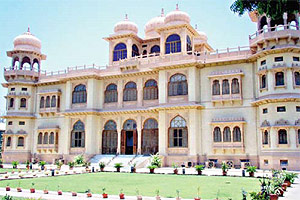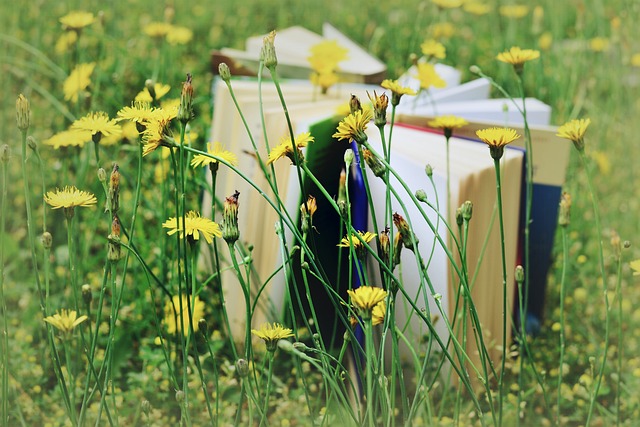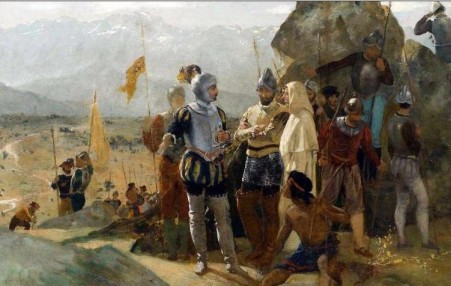An often-invaded nation
Pakistan has a very varied ethnic background, due to its location in a region that has been repeatedly invaded over history. The original population of Pakistan includes such groups as Dravidians, Aryans, Greeks, Scythians, Huns, Arabs, Mongols, Persians, Turks and Afghans, among others. It is currently inhabited by Punjabis (52.6%), Pashtuns (13.2%), Sindhis (11.7%), Saraikis (9.8%), Urdus (7.5%) and 5.2% of the population comes from other backgrounds.
An arid territory
It is bounded to the north and northwest by Afghanistan; to the northeast by China; to the east and southeast by India; to the south by the Arabic Sea and to the west by Iran. Its territory is characterised by drought, high temperatures and extreme altitudes (Mount Godwin Austen or K2 is the second highest peak in the world). The country is divided by the Indus River, which springs in the northeast of the country and flows towards the south to its mouth in the Arabic Sea. The Indus divides the country into two geographic areas; the Indus plain, which extends along the eastern shore of the river; and the Beluchistan plain, surrounded by mountain ranges. Another four areas are also prominent: the coastal plain, a narrow strip which borders the Arabic Sea, the Jaran Basin, the Thar Desert, which is located on the border with India, and the northern and northwestern mountains, at the foot of the Himalayas and the Hindu Kush.
Parliamentary Democracy
The government is led by the Head of State, the President, elected for a period of five years by Senators, the National Assembly and members of the provincial assemblies. The Prime Minister is the Head of Government, responsible to the Legislative branch for the actions of the Presidency, and is chosen from among the members of the National Assembly.
The bicameral federal legislature or Majlis-i Shoora, is the body in charge of exercising the functions of the Legislative branch. It consists of the Senate and the National Assembly. The Senate is a permanent body, named by the members of the Provincial Assemblies, whereas the members of the National Assembly are elected by universal vote for a period of five years. The Supreme Tribunal is the highest authority of the Judicial branch. In each province there is also a provincial high court.
An agricultural country
The Pakistani economy is sustained by agriculture, since approximately 45% of the population works cultivating the land. The main crops (in tonnes) during 2005 were: sugarcane, 47.2 million; wheat, 21.6 million; rice, 7.35 million (the country is one of the most important exporters in Asia); cotton, 7.28 million, and maize, 2.8 million.
Pakistan’s industrial capacity is still relatively modest. The most important products are processed food, cotton textiles, sugar, cigarettes, bicycles, steel sheets and chemicals. The country’s foreign trade is based on raw materials (such as cotton thread) and some manufactured products. Pakistan’s main trading partners are Japan, the United States, Great Britain, Germany, Saudi Arabia and Kuwait.
The Mohatta Palace
One of the most beautiful buildings in Karachi (Pakistan’s most populated city), it was built by Shivratan Chandratan Mohatta, between 1933 and 1935 of yellow and pink stone. It was the residence of Fatimah Jinnah (sister of Muhammad Ali Jinnah, founder of Pakistan). After several years of restoration, it is now a remarkable museum.








